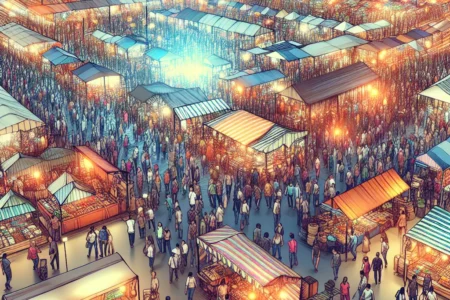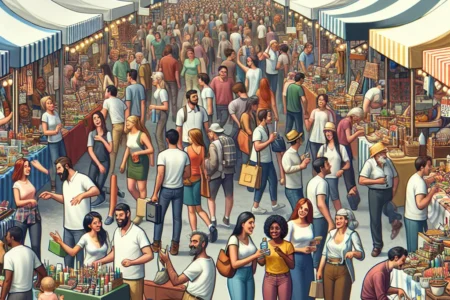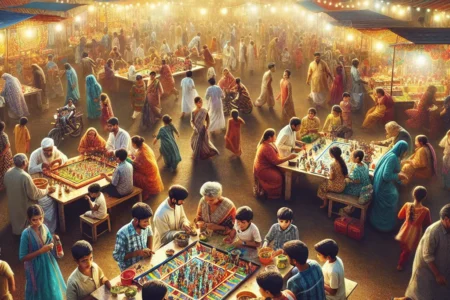W przygotowaniu do egzaminu prawniczego istotne jest wypracowanie konkretnych strategii i planu działania. Artykuł przedstawia 5 kluczowych kroków, które mogą znacząco wpłynąć na sukces na egzaminie prawniczym. Należą do nich: przygotowanie szczegółowego planu nauki, skupienie się na zrozumieniu przepisów i przypadków prawnych, regularne ćwiczenie rozwiązywania testów i przypadków, korzystanie z dostępnych materiałów dydaktycznych i dbanie o równowagę między nauką a odpoczynkiem. Artykuł zachęca do skorzystania z dostępnej aplikacji oferującej testy prawnicze, które pomogą w utrwaleniu wiedzy, oswojeniu się z formatem egzaminu oraz ocenie postępów w nauce. Systematyczne rozwiązywanie testów praktycznych zwiększa szanse na sukces w egzaminie prawniczym. Dlatego warto zapoznać się z pełną treścią artykułu, aby poznać więcej skutecznych strategii przygotowania do egzaminu prawniczego.







